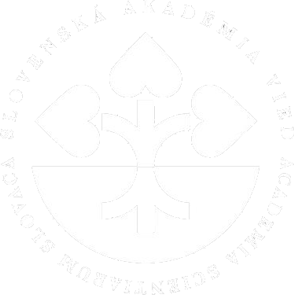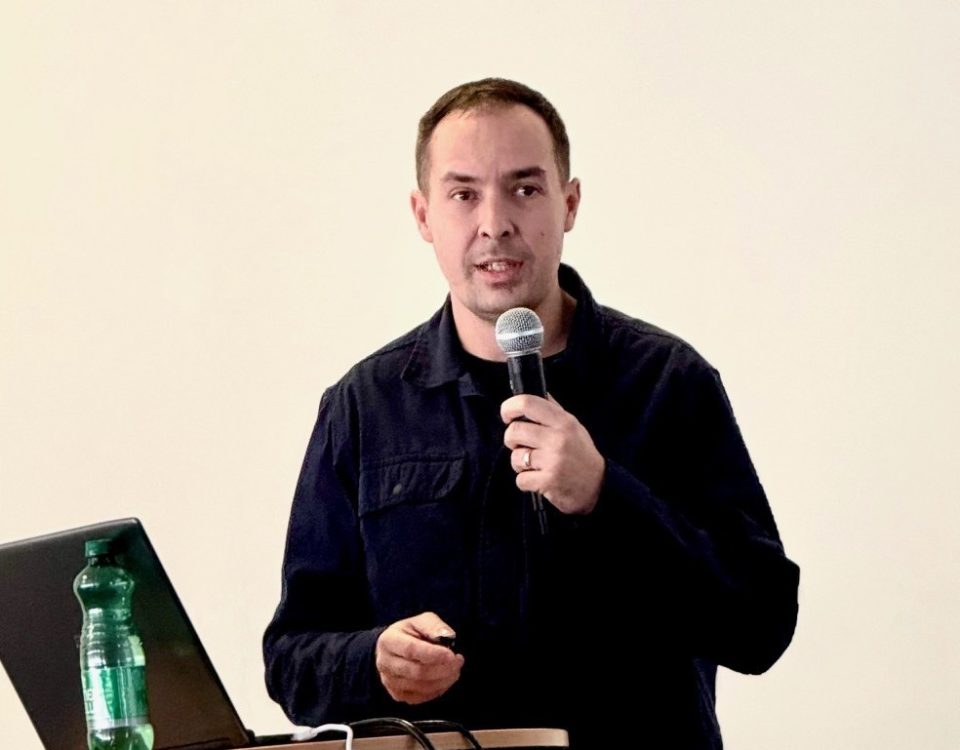This website uses cookies so that we can provide you with the best user experience possible. Cookie information is stored in your browser and performs functions such as recognising you when you return to our website and helping our team to understand which sections of the website you find most interesting and useful.
Exceptional symposium targeting specific rare diseases has attracted worldwide specialists
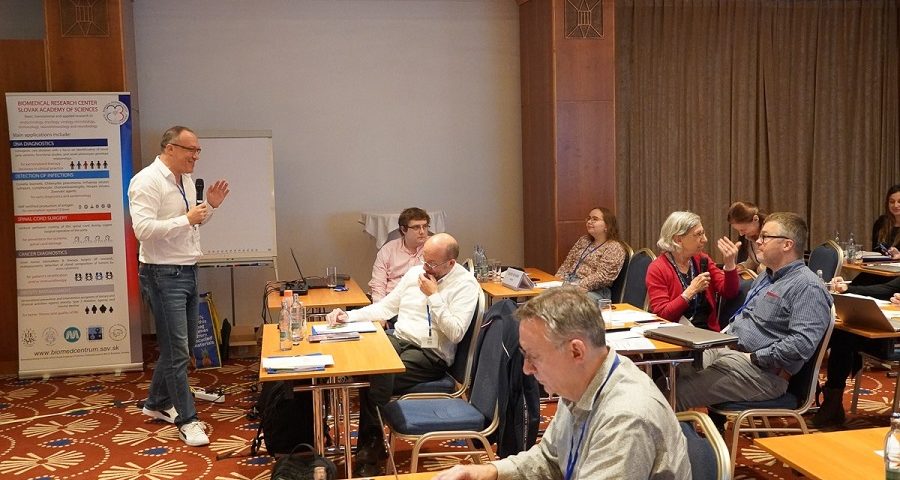
Do the rare diseases Wolfram syndrome, amyotrophic lateral sclerosis, familial Parkinson’s disease, and Harel-Yoon syndrome share common pathomechanisms? Would it be possible to use a joint therapeutic approach for these hitherto incurable diseases in the future? The symposium “Mitochondria-associated membranes as therapeutic target in rare neurodegenerative diseases – SIRMAMTHERA’22” provided a platform for top scientists from ten countries who tried to find answers to these and related questions. The symposium was organized by the Institute of Experimental Endocrinology of the Biomedical Research Center of the SAS (IEE BMC SAS) and was held on October 26-27, 2022, and located in Hotel Devín in Bratislava.
Thematically, the symposium followed up on the pivotal meeting of a group of scientists – specialists in the aforementioned diseases, which took place in September last year in Montpellier (France). At first glance, it may seem that these diseases have little in common, however, the opposite is true. Crucial role in each of these diseases is a disturbance in the communication between the mitochondria and the endoplasmic reticulum, either (1) through direct contact of these two vital cell organelles, (2) through calcium signalling, or (3) through a specific messenger signalling. Therefore the aim of this symposium was to bring together long-term specialists for these diseases with experts in calcium signalling, mitochondrial metabolism and function, as well as top-scientists investigating the structure and binding sites of proteins affected in these rare diseases and developing new molecules and therapeutic approaches.
“We were honored to welcome, in particular, Barbara E. Ehrlich (USA), an expert on inositol triphosphate receptors, Benjamin Delprat, a specialist in Wolfram syndrome (France), Tangui Maurice developing new drugs targeting the Sigma-1 receptor (France), Geert Bultynck and Catherine Verfaillie from Belgium, important experts in the field of calcium signalling and cell models of these rare diseases”, says Dr. Michal Cagalinec, PhD., head of the Department of Cellular Cardiology IEE BMC SAS and the main organizer of the Bratislava symposium. “The contribution of Tamar Harel from Israel, one of the pioneers revealing the function of the gene disrupted in Harel-Yoon syndrome, was highly appreciated as well”, added Dr. Cagalinec.
Domestic contribution from BMC SAS was represented especially by teams of Dr. Michal Cagalinec (Wolfram syndrome) and the team of Dr. Daniela Gašperíková (Harel-Yoon syndrome). An important message was given by the French Wolfram Syndrome Association president, Ms. Nolwen le Floch, who, based on a direct personal story, helps to connect the Wolfram syndrome patient families with basic and clinical research scientists, as well as attains funding for research on this syndrome for more than ten years.
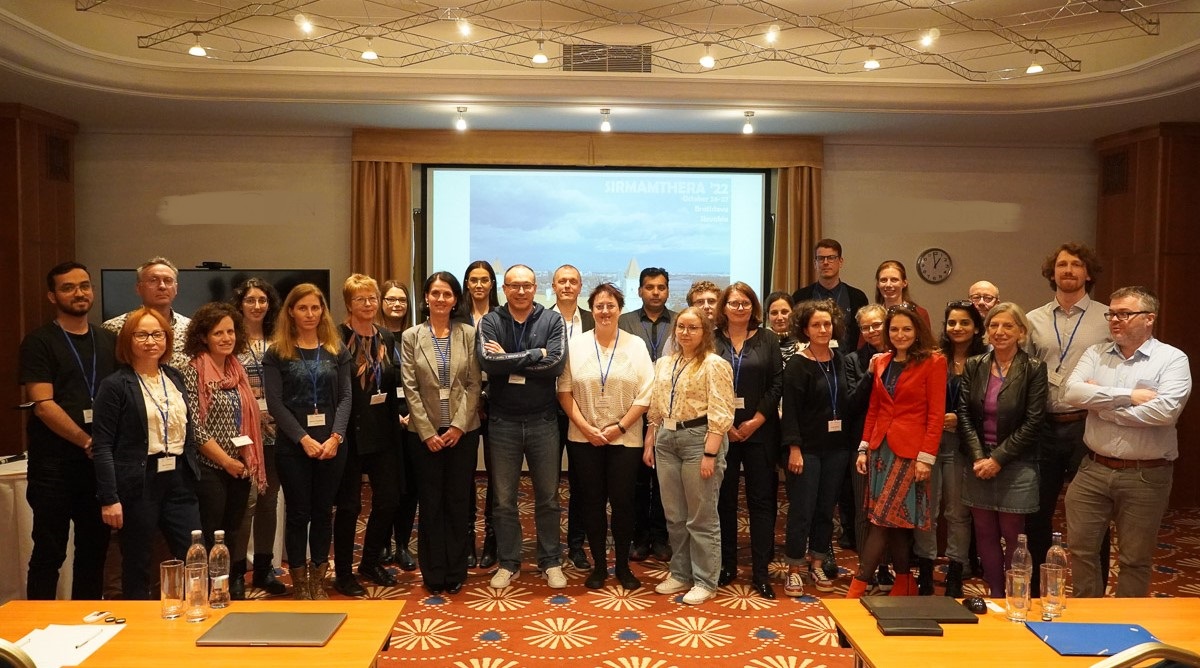
The result of this international event with broad foreign participation was a synthesis of the latest knowledge for these rare diseases with an emphasis on the functional communication of mitochondria and the endoplasmic reticulum, where the key players are the Wolframin 1 and 2 protein, the Sigma-1 receptor, the Neuronal calcium sensor-1 and Mitofusin 1 and 2. All of these proteins functionally affect calcium communication between mitochondria and the endoplasmic reticulum, disrupted in these disorders. Understanding the function, interactions and development of new pharmacological procedures capable of at least partially alleviating these perturbations common to all these diseases appears to be a promising therapeutic target for the future effective therapy.
In addition, the symposium has provided great opportunity for young researchers to present their scientific achievements, and has allowed them to confront and consult their research with the top experts in the field.
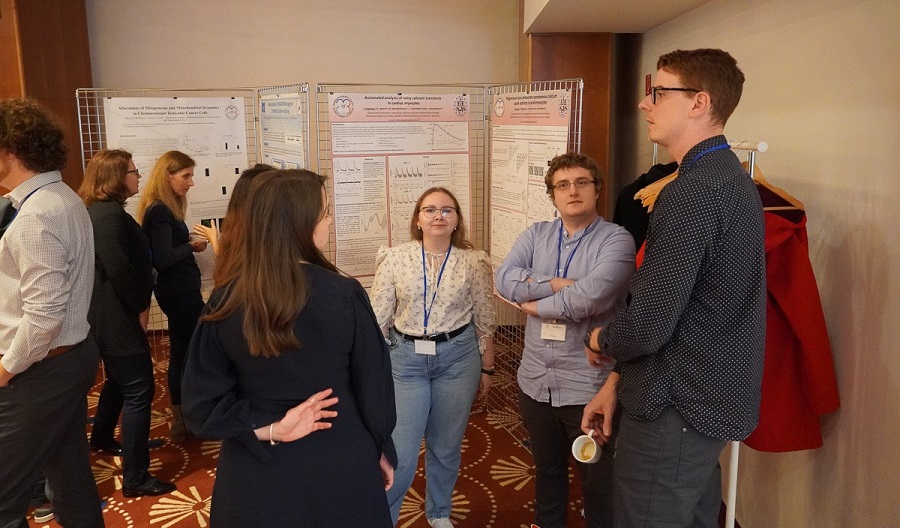
The event has been funded via prestigious grant award from international scheme European Joint Programme for Rare Diseases.
Translated and photo by: BMC SAS





